<Unraveling the Mystery of Perpetual Motion Machines>
Written on
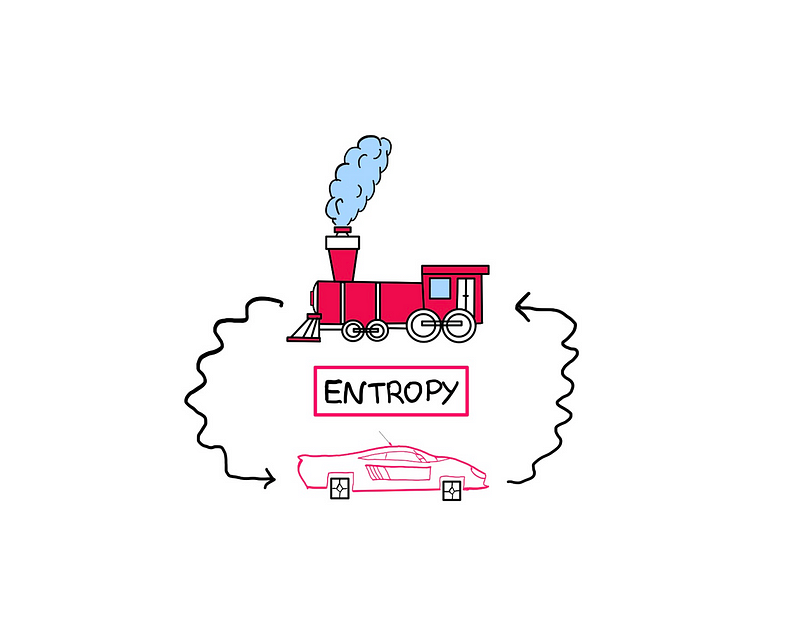
The quest for perpetual motion machines has fascinated inventors, scientists, and dreamers for ages, serving as both a genuine scientific pursuit and a breeding ground for pseudoscience. But what draws both credible thinkers and charlatans to this concept?
Before delving into this inquiry, let me share a cherished childhood memory. As a young dreamer, I envisioned a spaceship that could endlessly travel through space. I was convinced of its feasibility, but as I matured and learned more about the laws governing our universe, my belief began to fade.
It turns out that our established understanding of physics makes it nearly impossible—if not outright impossible—for a spacecraft to journey through space indefinitely. Does this mean I should abandon the dream? This line of reasoning has fueled countless inventors, scientists, and self-proclaimed geniuses in their relentless chase of perpetual motion machines.
In this article, I will explore the concept of perpetual motion machines and their intricate ties to entropy and thermodynamics. If this topic intrigues you, feel free to continue reading.
What Are Perpetual Motion Machines?
A perpetual motion machine is fundamentally defined as a device that can operate by generating its own energy. Picture a car that uses water as fuel and emits steam as a byproduct. What if this vehicle could cycle its steam back into water for fuel? That sounds promising, doesn’t it? However, astute readers might question where the car derives the energy needed to heat and cool the water and steam.
I'll return to this conundrum shortly. For now, let's envision a device that can endlessly produce the energy it needs to operate. Such a contraption would be classified as a perpetual motion machine.
In essence, this machine would yield boundless energy on its own. The implications of creating a perpetual motion device could revolutionize energy for homes, transportation, and industries.
But what aspects of our universe's physics render perpetual motion machines seemingly unattainable? As mentioned earlier, the answer lies in the realms of thermodynamics and entropy. Yet before we dive into this technical territory, let’s briefly review humanity's historical relationship with perpetual motion machines.
A Brief Human History of Perpetual Motion Machines
It comes as no surprise that we are not the first to dream of such machines. The idea of perpetual motion has ancient roots, with numerous designs proposed throughout history.
In the 12th century, the Indian mathematician Bhaskara II envisioned a wheel that would turn endlessly, powered by an imbalance created by liquid containers along its edge.
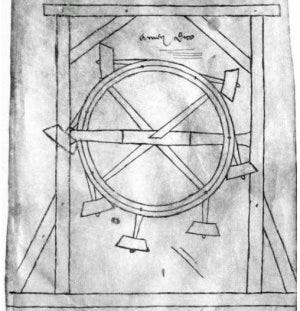
In the 13th century, French architect Villard de Honnecourt proposed a similar perpetual motion wheel. However, scientific scrutiny later revealed that neither concept would function as intended. For example, Bhaskara's wheel would not rotate endlessly due to shifts in its center of gravity, ultimately causing it to oscillate like a pendulum before coming to a halt.
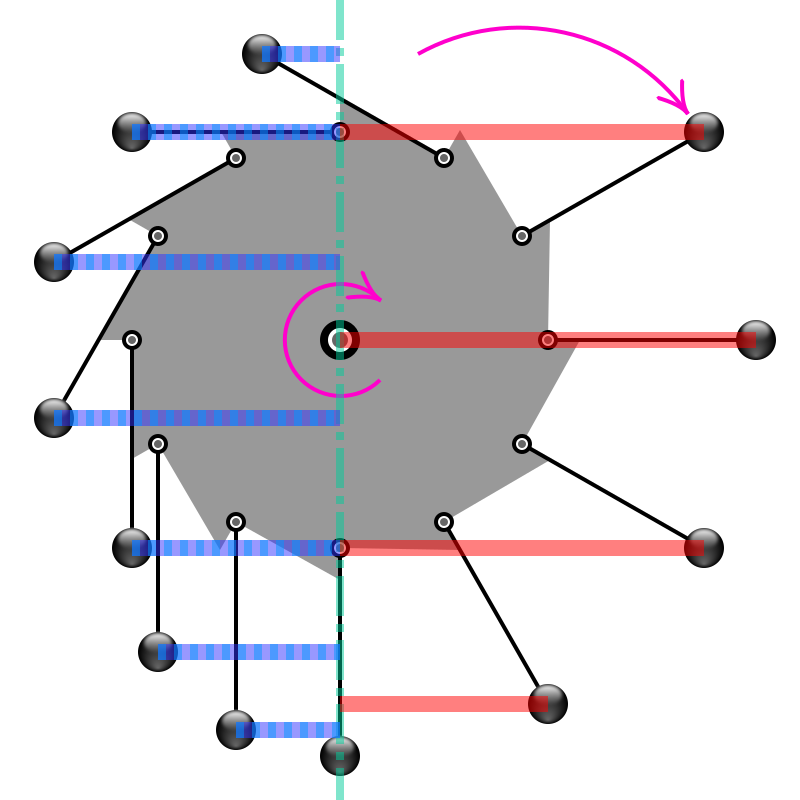
Even Leonardo da Vinci, in the 15th century, sketched ideas for perpetual motion machines but ultimately concluded their impossibility through his analyses.
Fast forward to modern times, and inventors still pursue these elusive machines. This fervor has led the United States Patent and Trademark Office to adopt a policy denying patents for perpetual motion machines unless a functional model is provided.
Yet despite this, inventors and engineers (and some impostors) continue their pursuits. The critical takeaway is that science has discredited every single claim regarding perpetual motion made throughout history.
The First Barrier: The First Law of Thermodynamics
Here's a simplified statement of the first law of thermodynamics:
> The total energy of an isolated system remains constant. Within this system, energy may transform from one form to another.
This principle is the foundation of the phrase “energy cannot be created or destroyed, only transformed,” known as the law of conservation of energy.
Why is this law significant for perpetual motion machines? Let’s revisit our hypothetical steam-powered car. Even if we assume it operates with 100% efficiency in converting water to steam (and back) without any energy loss, its net energy remains unchanged.
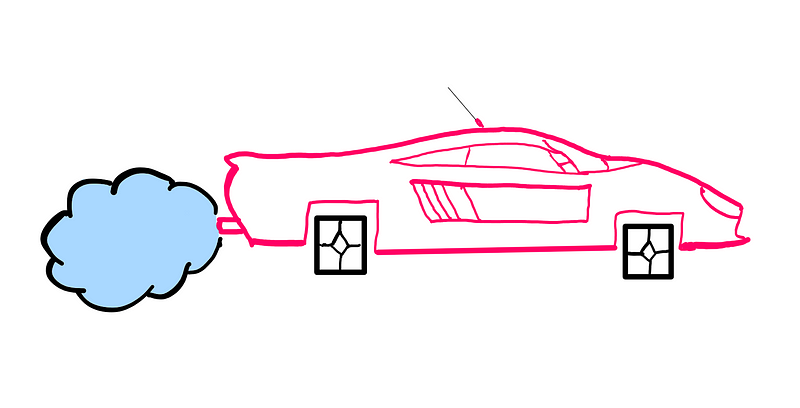
The first law of thermodynamics asserts that external energy is necessary to perform the heating and cooling work. If we consider this energy source to be part of the car's system, we must ask:
> “Where does this energy source obtain its energy?”
The cycle never ends; every energy source we can imagine derives its energy from something else (over a long enough timeframe). No eternal, self-sustaining energy source exists within our current understanding.
This presents a considerable obstacle. However, there’s an even larger challenge that complicates the quest for perpetual motion machines.
The Second Barrier: Entropy and the Second Law of Thermodynamics
The second law of thermodynamics states:
> “The entropy of an isolated system that is spontaneously evolving can never decrease.”
For a primer on entropy, check out my essay on entropy for beginners. In my piece on the origins of entropy (which I highly recommend), I discuss how entropy causes steam engines to be up to 95% inefficient.

In essence, steam engines lose up to 95% of the energy they generate as waste heat, dissipating into the environment.
When we explored the first law of thermodynamics regarding our steam car, we began with the assumption of 100% efficiency. However, the second law of thermodynamics ensures that this assumption is fundamentally flawed. Why? Because every mechanical device we can conceive of produces noise, experiences friction, and suffers wear and tear.
All these inefficiencies accumulate over time, leading to an inevitable increase in the machine's inefficiency. This is not mere theory; it reflects the empirical reality we’ve observed.
You might argue that we could maintain the machine to keep it in optimal condition. Yet, this leads us to another question:
> “Where does the energy required for maintenance come from?”
As you can see, this dilemma also leads to an endless cycle, but this barrier is likely even more significant than the first.
The Pursuit Continues: Free Energy and Overunity Devices
Despite the clear challenges surrounding perpetual motion machines, the search for alternative energy sources and more efficient technologies persists.
Modern inventors, researchers, and enthusiasts have turned their attention to “free energy” or overunity devices, which claim to produce more energy than they consume.
While these devices may not achieve true perpetual motion, they challenge our understanding of energy conservation and push the boundaries of what we deem possible.
Now, let’s discuss how my work relates to perpetual motion machines.
Author’s Adventures with Perpetual Motion Machines
I must apologize for being unable to disclose certain sensitive technical details due to the nature of my projects. However, this does not prevent me from sharing how valuable the concept of perpetual motion machines has proven in my life!
You might be thinking:
> “After all this talk about the impossibility of perpetual motion machines, don’t tell me you have a working design!”
Rest assured, I do not possess a viable design to promote. The laws I’ve outlined remain steadfast. However, the pursuit of perpetual motion has yielded incredibly productive and beneficial outcomes in my work.
Consider artificially created human environments where near-perfect efficiency is achievable. Digital communication and computational challenges serve as prime examples.
Even in these contexts, flawless efficiency remains unattainable. Nevertheless, these environments allow us to maximize output while minimizing effort.
Imagine constructing a system of logical decisions based on a switch's state (a truth flag, if you will). In a digital realm, the energy expended for logical operations is significantly (and I mean SIGNIFICANTLY) lower than that of a mechanical machine.
It turns out that by imagining perpetual motion machines as possible in these contexts, I can devise systems that are remarkably efficient and self-sufficient.
If you're an intellectually curious individual (especially if you're a programmer or researcher), this should ignite your imagination with new ideas and concepts. I'll leave the rest to your creativity.
Final Thoughts
In my view, the quest for perpetual motion machines is a captivating journey comprised of two elements:
- The history of human creativity (if we overlook the charlatans).
- Our comprehension of the fundamental laws that govern our universe.
The First and Second Laws of Thermodynamics indeed seem to render perpetual motion unattainable. Yet, the pursuit of these enigmatic machines has propelled scientific progress and inspired innovative ways of understanding energy, efficiency, and our connection to the natural world.
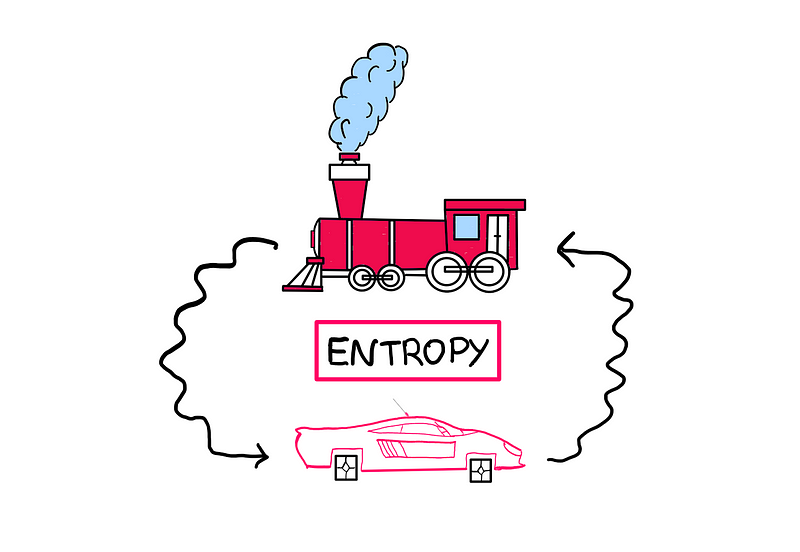
From my experience, entropy serves as a central theme that ties together many advancements and innovations in this field.
If you're interested in exploring this topic further, I have a series of essays dedicated to its beauty and practical applications.
As we continue to innovate and explore new technologies, the aspiration for perpetual motion may remain just beyond our grasp. Nonetheless, I firmly believe it will persist as a wellspring of inspiration and a testament to the seemingly infinite potential of human ingenuity.
If you would like to support future content, consider contributing on Patreon.